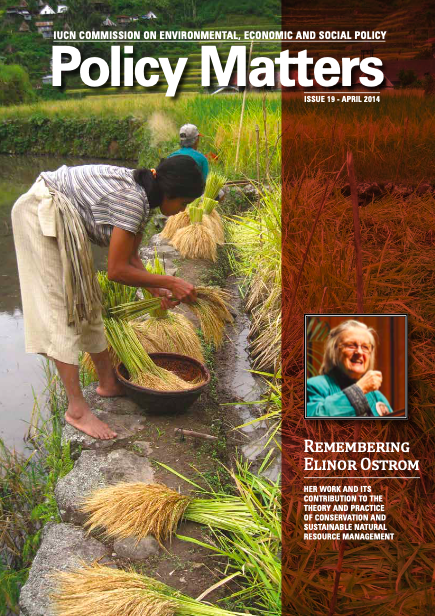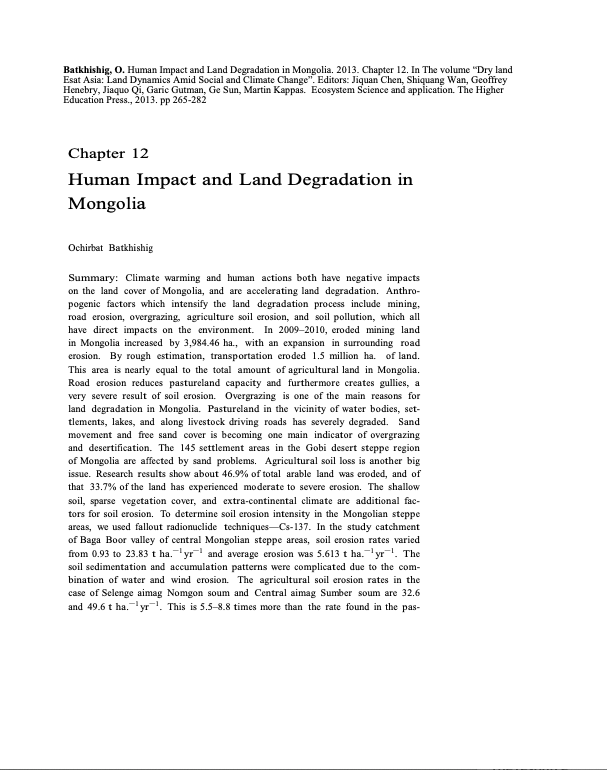SPATIAL TARGETING STRATEGIES FOR LAND CONSERVATION
Purchasing development rights is a major mechanism for the protection of environmental quality and landscape amenities. This paper provides a targeting strategy for protecting multiple environmental benefits that takes into account land costs and probability of land use conversion. We compare two strategies. Subject to a budget constraint on parcel purchases, the standard strategy is to target parcels with the highest ratio of environmental benefits to land costs. The standard strategy selects parcels even if there is little probability that the parcel would otherwise be converted.



